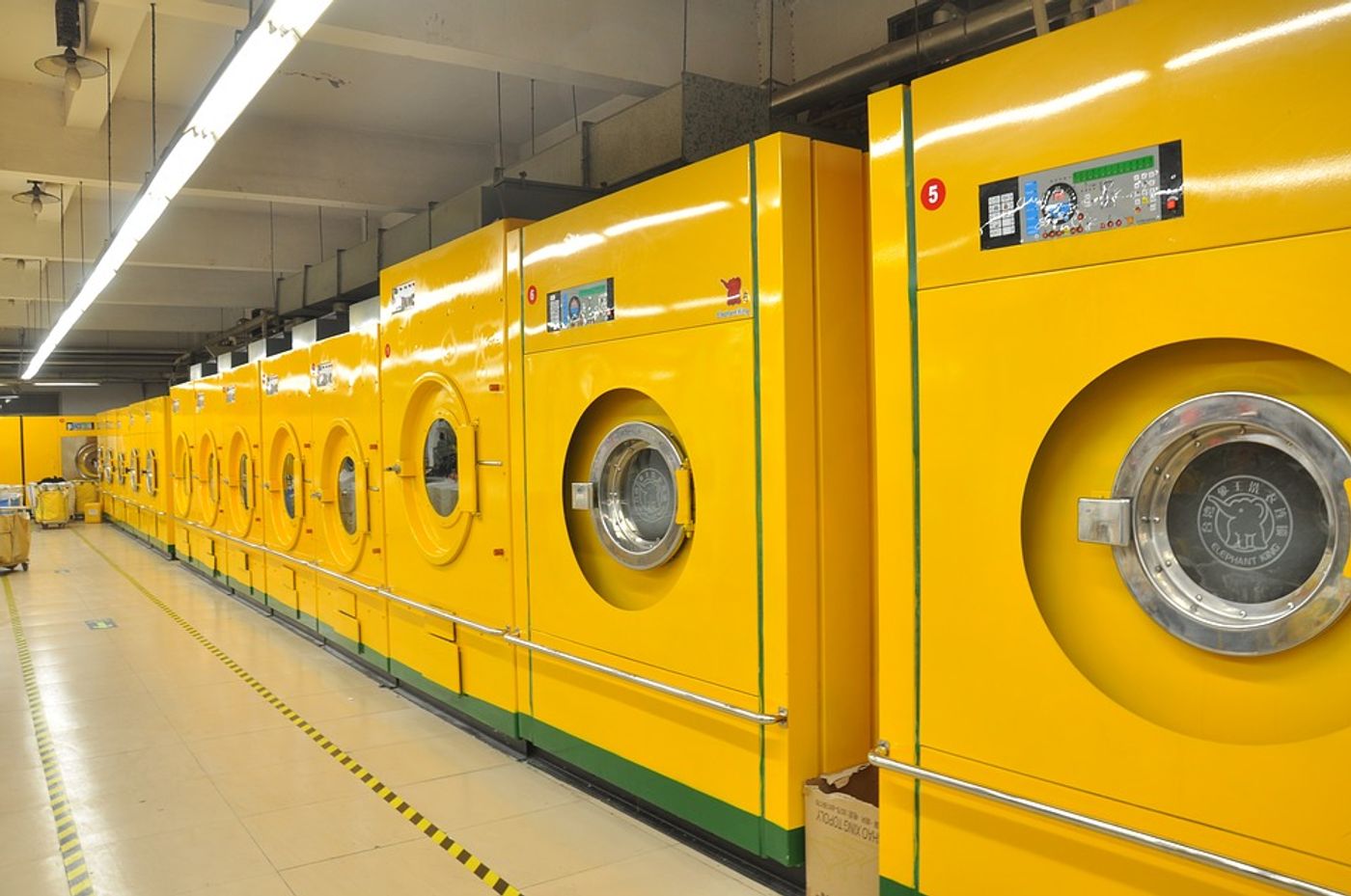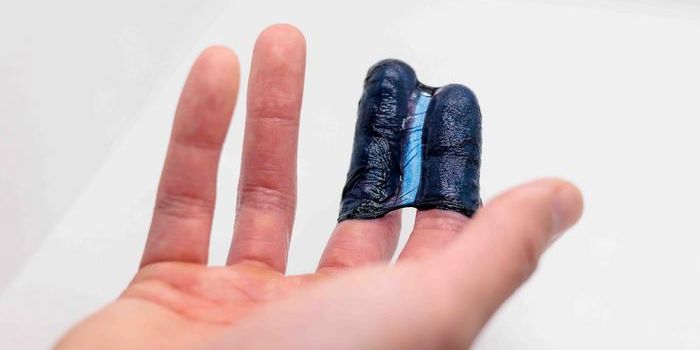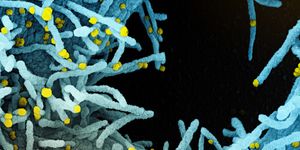New report analyzes the efficiency of 6 different fiber-catching devices
A study from the University of Plymouth International Marine Litter Research Unit has released a report analyzing the efficiency of 6 different fiber-catching apparatuses that are used to reduce the number of micro-fibers released into the sewer system while you do your laundry. Their findings are published in Science of the Total Environment.
The study, funded by the National Geographic Society and Sky Ocean Rescue, determined that of the six devices tested, the most efficient was able to reduce the number of micro-fibers released into wastewater by nearly 80%.
Research Fellow and National Geographic Explorer Dr. Imogen Napper, a Sky Ocean Rescue Scholar and the study's lead author, said: "Fibers from clothing are among the key sources of microplastics, and companies are inventing ways which claim to reduce the number of fibers which enter wastewater. We wanted to see how effective they were both in catching fibers, but also stopping clothes from shedding them in the first place. Our results show there is a huge variety between the devices available, with some significantly reducing the number of fibers released."
The team tested three different synthetic fabric types (100% polyester, 100% acrylic, and a 60% polyester/40% cotton blend) and measured the number of micro-fibers entering the wastewater by mass, capturing them with a mesh filter.
They found that while the most successful device cut the mass of released micro-fibers by 78%, the least effective of the six devices tested only cut micro-fiber mass by 21%. Nevertheless, no matter the efficiency of the devices, the research team says they do not get to the root cause of the problem.
Co-author of the study, Professor Richard Thompson, commented: "Too often, the quest for fast fashion and market pressures means that appropriate environmental considerations are being sacrificed. If we are to achieve widespread and lasting change, it is essential for scientists to provide independent evidence that demonstrates the scale of the problem as well as any potential solutions. Some of the devices we tested can undoubtedly reduce the fibers generated through the laundry process, but perhaps the most overarching change would be to design garments to last longer and shed less fibers in the first place."
According to Eureka Alert, Thompson has provided such evidence to both the UK Government's Sustainability of the Fashion Industry inquiry and the recent OECD Forum on due diligence in the garment and footwear sector in recent years. He, along with his fellow colleagues, urge that improved collaboration between industry and the scientific community is imperative.
Sources: Science of the Total Environment, Eureka Alert









